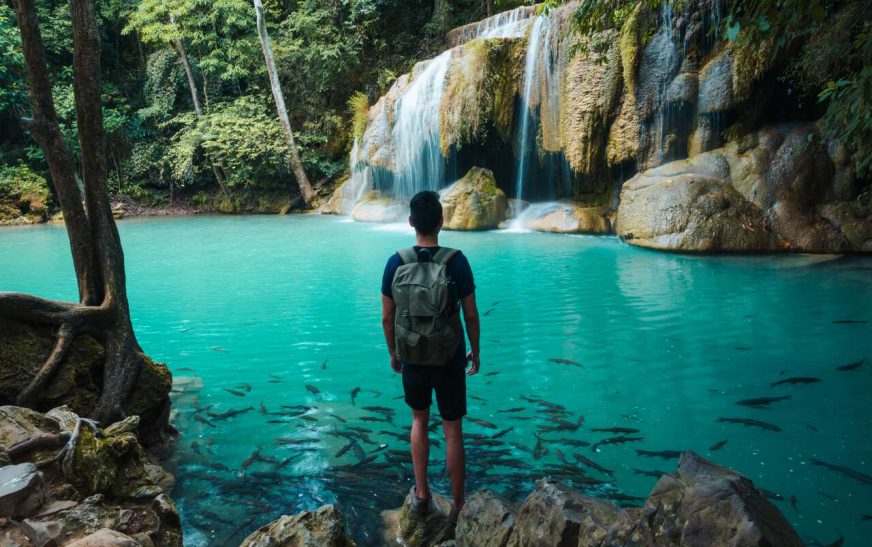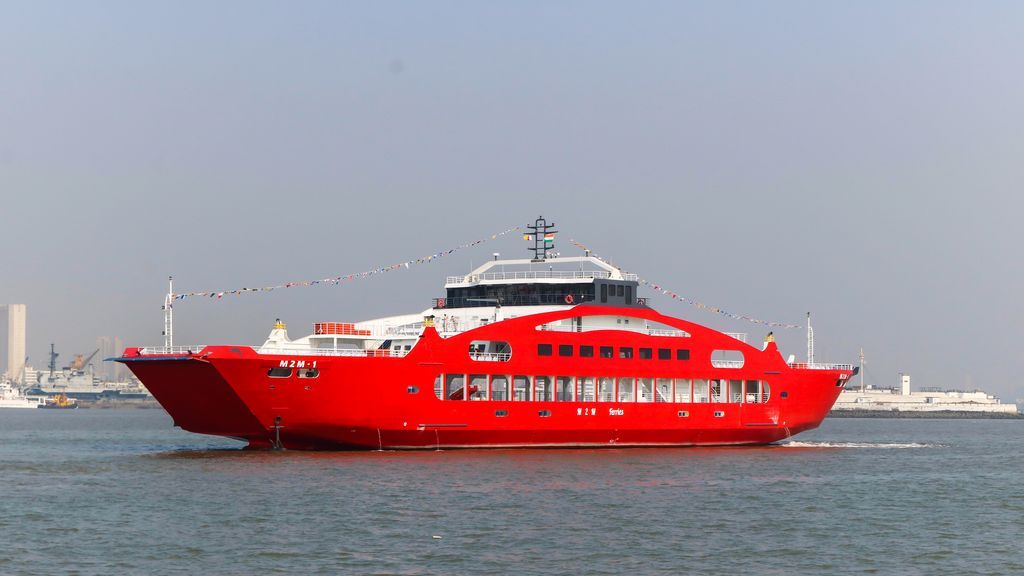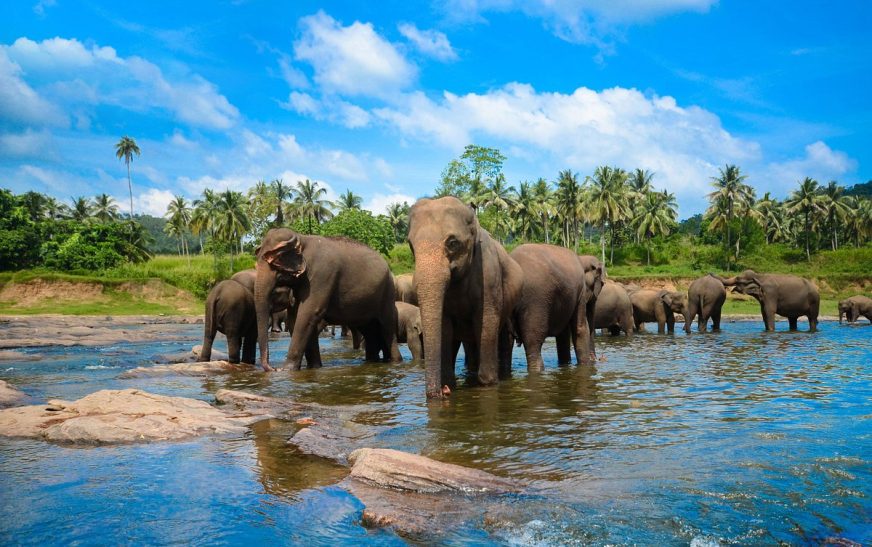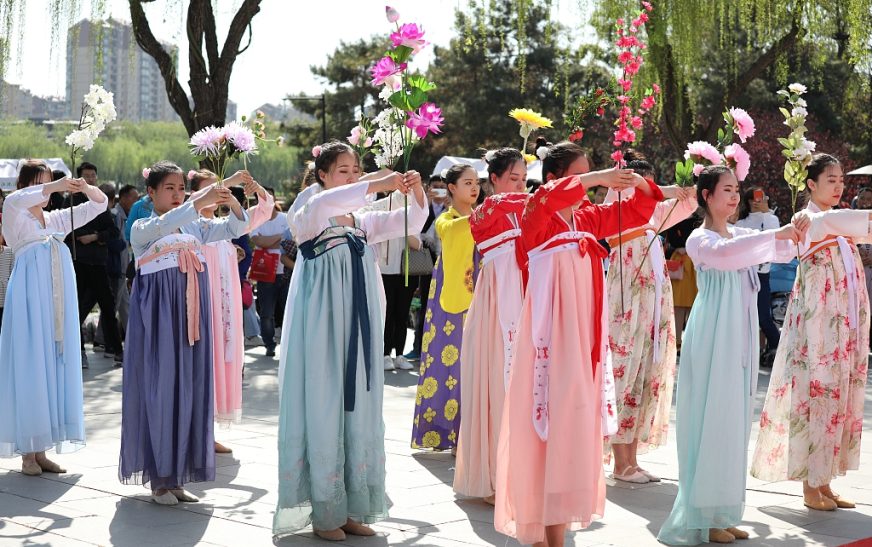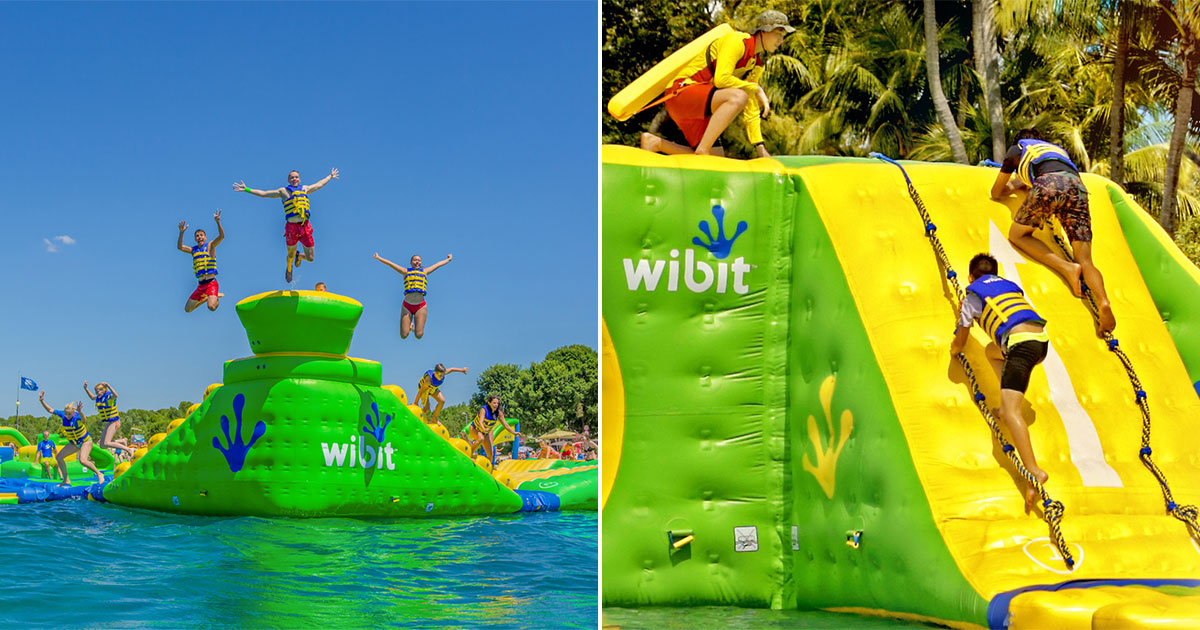Erawan Waterfall Kanchanaburi: Thailand’s Erawan Waterfall, located in the stunning Erawan National Park in Kanchanaburi Province, is a must-see destination for nature lovers and adventure seekers alike. With seven tiers of cascading beauty, emerald-green pools, and lush tropical surroundings, this waterfall offers a serene escape from city life. Whether you’re planning to visit or just curious about this Thai gem, here are 10 fun facts about Erawan Waterfall that make it even more fascinating.
Erawan Waterfall Kanchanaburi: The Seven-Tiered Wonder
Erawan Waterfall is famous for its seven distinct tiers, each with unique charm and appeal. These levels cascade down a total height of 1,500 meters (about 4,920 feet), offering visitors a variety of experiences, from shallow pools perfect for wading to deeper lagoons where you can swim.
Each tier is named, adding to the mystique. Starting with the first tier, “Lai Kuen Rung,” and ending with “Phu Pha Erawan,” the seventh tier, visitors often describe it as a journey through nature, where each step brings something new to discover. Climbing through the tiers is a popular activity, and each level is more rewarding as you approach the top.
Erawan Waterfall Kanchanaburi: Named After a Mythical Elephant
The waterfall gets its name from the Hindu mythological three-headed elephant, Erawan. The uppermost level of the waterfall is said to resemble the elephant’s head, which inspired the name. The Erawan elephant is a symbol of power and strength in Thai culture, making the waterfall’s name not only descriptive but also culturally significant.
In Thai mythology, Erawan is a divine creature that serves as the mount of Indra, the god of thunder and rain. The association with water, strength, and beauty is fitting for a place as majestic as the Erawan Waterfall.
Erawan National Park is One of Thailand’s Oldest National Parks
Established in 1975, Erawan National Park is one of Thailand’s earliest national parks and spans an impressive area of over 550 square kilometers (212 square miles). The park protects not only the waterfall but also a diverse range of flora and fauna, including over 80 species of birds, various reptiles, and mammals like wild boars, gibbons, and even elephants.
The park is also known for its limestone hills, caves, and dense forests, making it an ecological treasure. The preservation efforts here ensure that the natural beauty of Erawan Waterfall remains untouched and can be enjoyed by future generations.
It’s a Great Spot for Fish Therapy
One of the fun surprises at Erawan Waterfall is the natural “fish therapy” available in the pools. As you wade into the water, you’ll find small fish nibbling at your feet, providing a free exfoliation treatment. While it may tickle at first, many visitors find it a unique and enjoyable experience.
These fish are called Garra rufa, commonly known as doctor fish, and they are famous for their gentle nibbling, which removes dead skin. It’s a delightful and quirky aspect of visiting the waterfall, adding to the relaxation and novelty of the experience.
A Popular Hiking Destination
Hiking through the lush forest to reach the top tier of the Erawan Waterfall is a popular activity for adventure seekers. The trail to the seventh tier is about 1.5 kilometers long (0.9 miles), and it typically takes 2-3 hours to reach the top, depending on your pace and how often you stop to enjoy the surroundings.
The hike gets progressively more challenging as you ascend, with some rocky and slippery paths, but the reward of reaching the top is worth it. Along the way, you’ll pass through dense tropical forest, cross wooden bridges, and walk alongside cascading water, making the journey just as memorable as the destination.
Swimming in the Emerald Pools
The pools at Erawan Waterfall are renowned for their striking emerald color, which is caused by the high concentration of limestone in the water. This gives the pools a surreal, almost otherworldly appearance that is perfect for photography and, of course, swimming.
Visitors are encouraged to take a dip in the clear, cool waters, especially after a long hike. The pools are deep enough to swim in and offer a refreshing break from the tropical heat. The emerald hues are most vibrant when the sun is shining, adding a magical glow to the already stunning landscape.
It’s a Year-Round Attraction
Erawan Waterfall is accessible throughout the year, though the best time to visit is during the cool season, from November to February, when temperatures are milder, and the water flow is steady. The rainy season (July to October) brings higher water levels, making the waterfalls even more impressive, but it can also make the trails slippery and challenging.
During the dry season, the water levels may drop, but the pools remain beautiful and inviting for a swim. Each season offers a different experience, and whether you’re looking for dramatic cascades or a peaceful swim, Erawan Waterfall has something for every traveler.
Home to Spectacular Wildlife
Beyond the waterfall, Erawan National Park is a biodiversity hotspot, home to an array of wildlife. Birdwatchers will be delighted by the chance to spot species such as the great hornbill, black-headed woodpecker, and the elusive blue-winged leafbird. Reptiles like monitor lizards can often be seen sunbathing near the water, and if you’re lucky, you might spot a gibbon swinging through the trees.
The park’s wildlife adds an extra element of excitement to the visit. The diversity of species and the beauty of the landscape make Erawan National Park a dream for nature enthusiasts.
Easily Accessible from Bangkok
One of the reasons Erawan Waterfall is so popular is its easy accessibility from Bangkok. Located just about 200 kilometers (124 miles) west of Thailand’s capital, it’s a popular day trip or weekend getaway for locals and tourists alike. Buses, trains, and private cars can take you from Bangkok to Kanchanaburi, followed by a short drive to the park entrance.
The close proximity to the city makes it an ideal nature escape without the need for long, arduous travel. Visitors can enjoy a full day exploring the waterfall and be back in Bangkok by evening if they wish.
Erawan Waterfall Kanchanaburi: Perfect for a Family Outing
Erawan Waterfall is a great destination for families, thanks to its relatively easy accessibility and variety of activities. The lower tiers, in particular, are ideal for families with children, offering shallow pools and gentle cascades where kids can safely play and swim. The picnic areas near the waterfall provide a scenic spot for family lunches, and the park’s natural beauty makes it a fun educational experience for children.
With plenty of photo opportunities, easy trails at the lower levels, and the chance to encounter wildlife, a visit to Erawan Waterfall is both a relaxing and engaging experience for families.
Conclusion
Erawan Waterfall Kanchanaburi: Erawan Waterfall in Kanchanaburi is not just a beautiful natural wonder; it’s a place where you can hike, swim, enjoy nature, and even get a fish spa treatment. With its fascinating mix of mythological significance, ecological diversity, and accessibility, it’s no surprise that this waterfall attracts visitors from all over the world. Whether you’re a seasoned traveler or a family looking for a fun day trip, Erawan Waterfall offers something for everyone.
FAQs
1. How do I get to Erawan Waterfall from Bangkok?
You can take a bus, train, or private car from Bangkok to Kanchanaburi, followed by a short taxi or bus ride to Erawan National Park. It’s about a 3-4 hour journey.
2. Is there an entrance fee for Erawan National Park?
Yes, there is an entrance fee of around 300 THB for foreign visitors and 100 THB for Thai nationals.
3. Can I swim in the waterfall pools?
Yes, swimming is allowed in most of the pools, especially in the lower tiers, but be mindful of slippery rocks and currents in some areas.
4. What should I bring for a visit to Erawan Waterfall?
It’s recommended to bring sturdy walking shoes, swimwear, sunscreen, insect repellent, and plenty of water for the hike.
5. How long does it take to hike to the top of the waterfall?
The hike to the top tier typically takes 2-3 hours, depending on your pace and how many stops you make along the way.
Also read: Pinnawala Elephant Orphanage: 10 Must-See Highlights of the Sanctuary

